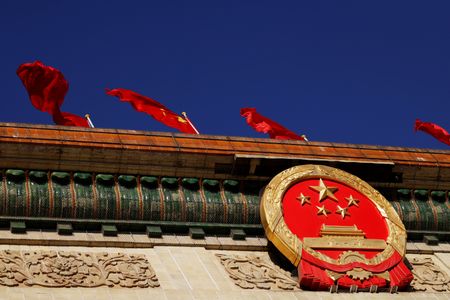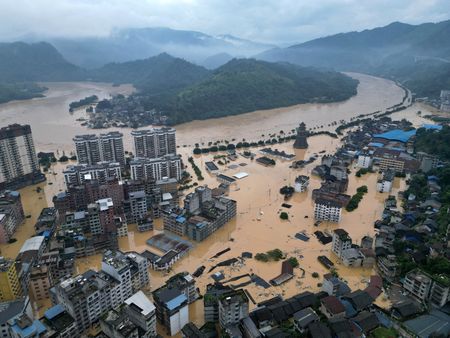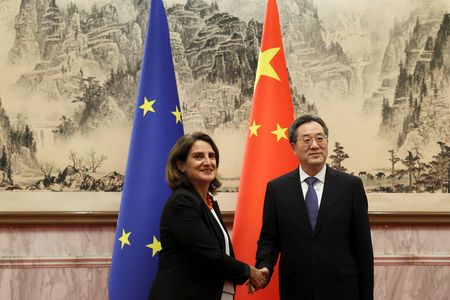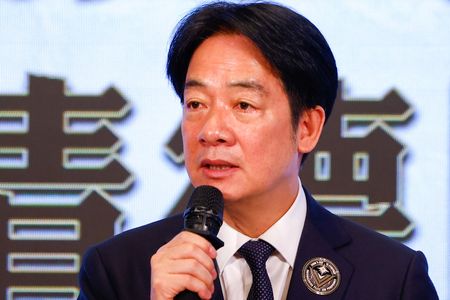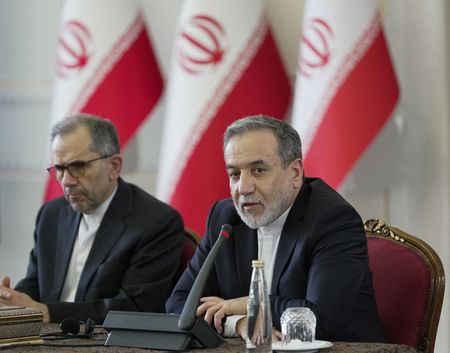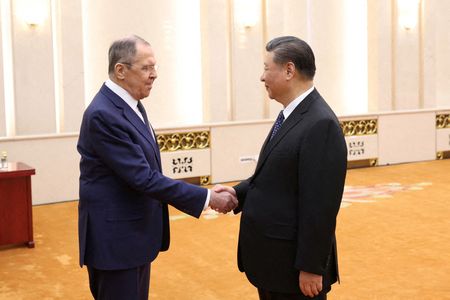By Ryan Woo, Liangping Gao and Ellen Zhang
BEIJING (Reuters) -China promised to build liveable, sustainable and resilient cities in the next phase of its urban development after the first top-level urban planning meeting in a decade, abandoning breakneck urban growth that once super-charged its economy.
At the Central Urban Work Conference helmed by President Xi Jinping, China’s top leaders recognised that urbanisation was shifting from rapid growth to stable development, the official Xinhua news agency reported on Tuesday after the two-day meeting.
Under China’s previous urbanisation model, cities were allowed to expand rapidly to boost economic growth by fuelling construction and property development. That led to the rise of “ghost cities” where homes were built but no-one bought them, rampant property speculation in other cities, and a nationwide binge on debt to fire up investment and development.
“Urban development is shifting from a stage of large-scale expansion to a stage focused on improving the quality and efficiency of inventories,” Xinhua reported, citing the meeting.
The Central Urban Work Conference was last held in 2015, when China launched a massive state-backed redevelopment of informal settlements, which helped boost the country’s property market and fuelled the surge in housing speculation and prices.
A decade on, China has limited room to repeat such large-scale stimulus, given the changed landscape of the property market that is now marred by oversupply and weak demand, analysts said.
The property sector, which accounted for about a quarter of economic activity before it collapsed roughly four years ago, remains a drag on government efforts to achieve its annual growth target of around 5%.
New home prices fell at the fastest monthly pace in eight months in June, official data showed on Tuesday, adding to calls for additional market support.
But the urban planning conference promised no quick fix to falling home values, with Xinhua saying China would “steadily push forward” with the renewal of urban villages and dilapidated homes.
The conference is unlikely to bring about any near-term changes to the property market, said Xing Zhaopeng, ANZ’s senior China strategist, with the emphasis on construction as a means to an end and not an end itself.
“Under the new paradigm, real estate’s relationship with the macroeconomy will transform from being a driver to an outcome,” Xing said.
PEOPLE-ORIENTED
Previous decades of red-hot urban development helped transform China into the world’s second-largest economy after the United States.
The growth of Chinese cities had a knock-on effect on global markets as developers demanded more steel, concrete, brick and glass.
But the urbanisation, especially in China’s rural interior, led to cities with no reason to exist aside from property, at a time when more and more people were flocking to booming coastal cities.
The urbanisation capacity of cities will be improved, Xinhua said, suggesting a close eye on any runaway buildup that could lead to imbalances in supply and demand of urban resources.
Large, medium-sized and small cities, as well as small towns, will be developed in a coordinated way, Xinhua said.
Development will focus on building green and low-carbon cities, with super-tall skyscrapers to be strictly limited and urban flood control systems strengthened, the news agency said.
Urban development should be more “people-oriented”.
(Reporting by Liangping Gao, Kevin Yao, Ellen Zhang, Tina Qiao and Ryan Woo; Editing by Himani Sarkar and Kate Mayberry)

